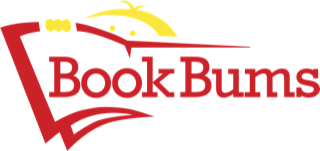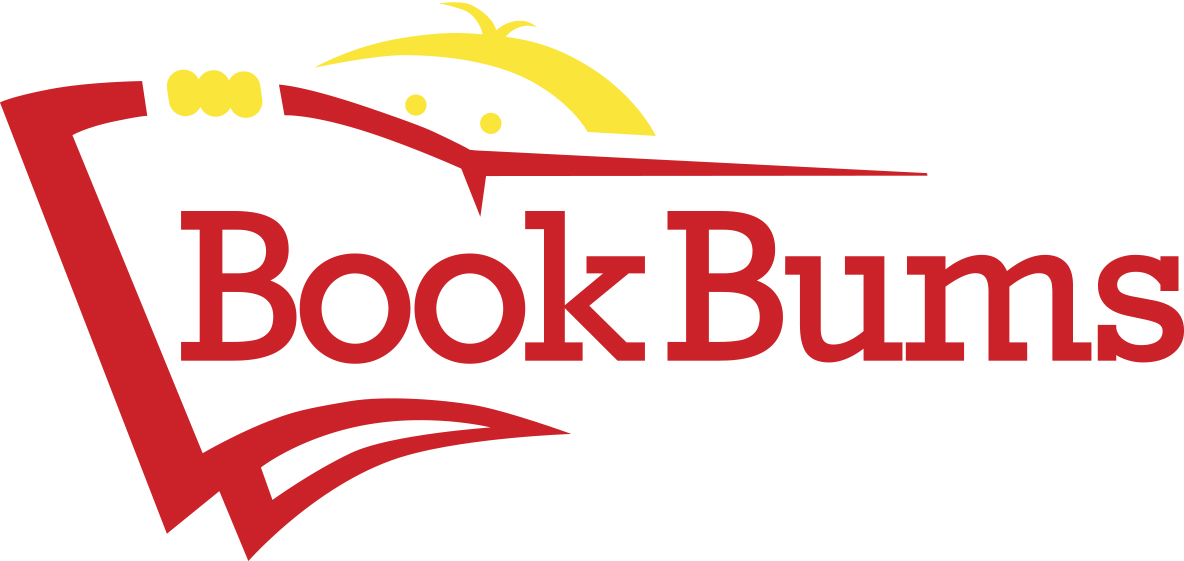
Hello Book Bums families!
Skilled educators have an uncanny ability to create teachable moments. In this newsletter, we hope to share ways you can create memorable experiences with your kids that you’ll forever treasure.
Did you know that you can reply to these email newsletters? We love hearing from you!
Bookbums.com is an Amazon Associate; We earn from qualifying purchases. This means that if you click on a link to Amazon.com and make a purchase, We may earn a small commission at no extra cost to you. We do recommend the products. Feel free to find them by other means.
Word of the Week
imagery (ih-muh-jree) noun/person, place, or thing - language that stimulates the reader's senses.
The poet uses the familiar imagery of a kitchen to draw us into the scene.
Literary Calendar
- April 29, 2022 is Poem in Your Pocket Day.
- This is a fun way to enjoy poetry and end National Poetry Month
From our Bookshelves

This week we recommend Two Old Potatoes and Me by John Coy.
One day at her dad’s house, a young girl finds two old potatoes in the cupboard. “Gross.” But before she can throw them away, her dad suggests they try to grow new potatoes from the old ones, which have sprouted eyes. Told from May to September, the potato-growing season, the story includes all the basic steps for growing potatoes while subtly dealing with the parents’ recent divorce. Just like the new potatoes that emerged from ugly old potatoes, this dad and daughter move on and make a new life together in the face of unavoidable and unpleasant change. Carolyn Fisher’s artwork will be instantly recognizable from her recent picture book debut, A Twisted Tale, and her trademark high-energy art and design infuse joy and humor into this heartwarming story.
Tips for Families
Tips for Families
Reading books with kids is a wonderful time of connection that absolutely expands their knowledge of the world, but we can likely agree that hands-on experiences are the most compelling ways to grow kids’ understandings.
Below, find a few ideas your family may enjoy—whether you read Two Old Potatoes and Me or not.
Think back to when you were little. Did you ever choose who was “it” with the “One Potato” fist-bopping game? You might be surprised by just how much your child will love it, too. Everybody—put your fists in to see who has to/gets to . . .
One Potato, Two Potato
One potato, two potato,
Three potato, four,
Five potato, six potato,
Seven potato, more!
Game Instructions:
Kids put out their two fists. One kid goes around tapping the other kids' fists with his fist. The one whose fist he ends the rhyme on is out, and that kid puts that fist behind his back. Then the tapper goes around, tapping kids’ fists, again and again until only one fist is left. The one whose fist is left at the end of all the rounds is "it".
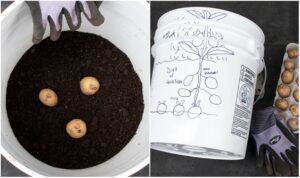
How about actually growing potatoes like they do in the story? No garden? No problem! Head to your local hardware store, and they’ll have everything you need to grow potatoes in a bucket! Check out this link: https://www.epicgardening.com/growing-potatoes-in-a-bucket/

How about doing some potato printing? Just grab some potatoes, plastic knives, paints, and paper, and your kids will love creating artwork. You can even use metal cookie cutters to press the shapes into the potato and use the plastic knife to cut away the parts outside of the desired shape.
Tips for Raising Readers and Writers
If you’re listening to your young reader read aloud—which you absolutely should be doing, nearly every day— and s/he stops to look up toward the ceiling, you might have a problem to address.
Here it is:
Readers who are looking up are either 1) trying to remember the word or 2) they are praying that the word will magically come to them.
Either way, it’s a bad deal.
When I’m working with kids who do this, I explain that there are no clues about that word on the ceiling, and I redirect them onto the page on which there are clues.
And I’m NOT talking about pictures.
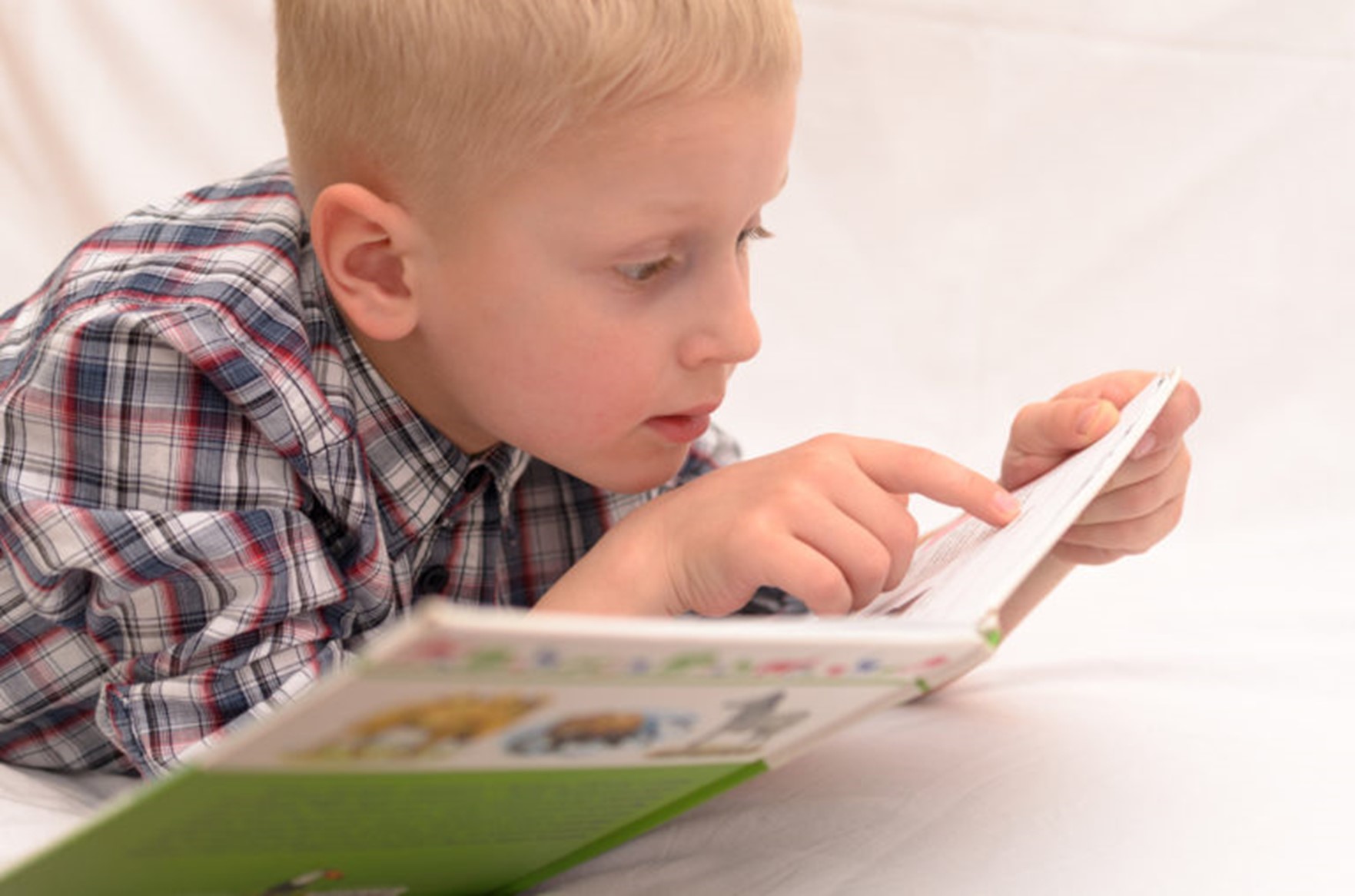
First, I teach readers to get set up for good reading by placing both of their hands on their books. One hand holds the page(s) down, while the pointer finger of the other hand slides under each word, moving from left to right. This habit alone can promote more accurate reading! I teach my students to continually check themselves to be certain that the words they’re saying match the words they’re seeing.
We make the sounds we see. This is a No – Guess – Zone!
We make (point both pointer fingers to mouth), the sounds (point both pointer fingers to ears), we see (point both pointer fingers to page).
This is a no (right arm crosses chest), guess (left arm crosses chest to make an x), zone (make the “he’s safe” motion).
*More sophisticated readers do not need to do this, however, you might notice that even YOU use your finger to assist in decoding unfamiliar words or when you are really having to work to pay attention to what you’re reading (for example, in a loud coffee shop).
Getting set up for good reading also helps kids to keep their places. We don’t want to read the same line twice, and we don’t want to skip lines either. Using a finger to hold our place eliminates frustration when we’re interrupted by a sneeze or any number of possible distractions. (“Where was I, again?”)
If you’re working with more advanced readers, even they might need some help in keeping their places. For them, I suggest having both hands on their books. When they’re reading the page on the left, they simply use their left thumb to slide down the left margin of the page and the right hand holds the book. When they’re reading the page on the right, they slide their right thumb down the right margin of the page and the left hand holds the book.
We want to minimize any opportunities for breaks in concentration so that our kids can get right back to their reading. Any point of frustration is a potential prompt to close the book, and once a book is closed, it can be a real chore for reluctant readers to return to their books.
Imagine looking up to the ceiling to try to remember some word you’ve seen before and then losing your place in the book. Would YOU want to keep reading after all that distraction? That’s why I tell my students to keep their eyes on the page. I explain that all the clues they need are right there under their noses. They’re actually within that tricky word and are certainly not on the ceiling.
Here’s where it gets rough.
A lot of people (even excellent readers and teachers) do not know how to most effectively teach kids about how to decode words.
It all comes down to making those sounds that we see. Think: explicit, systematic phonics instruction.
By the way . . . The same is true for writing. Does your child look toward the ceiling to recall how to spell a word? The chances are, s/he’s trying to remember how that word looks so s/he can copy the image from his or her mind onto the page.
We’d rather have the child make the first sound(s) and record the corresponding letter(s) used to spell that sound, then the second sound with the corresponding letter(s). . . all the way to the end of the word.
e.g. shark- /sh/ = s-h, /ar/ = a-r, /k/ = k
Though it is true that not all words are spelled correctly using phonics alone, most are. Even the ones that are irregularly spelled words have portions that are decodable.
If your reader isn’t looking up while reading, YOU can look up and whisper some gratitude for that blessing!
P.S. Please resist talking about how complicated our dumb our language is. Most English-speaking folks have very little understanding about how our language works. That doesn’t make it dumb. It doesn’t make us dumb either. It just means that we haven’t been taught—yet.
Poem of the Week
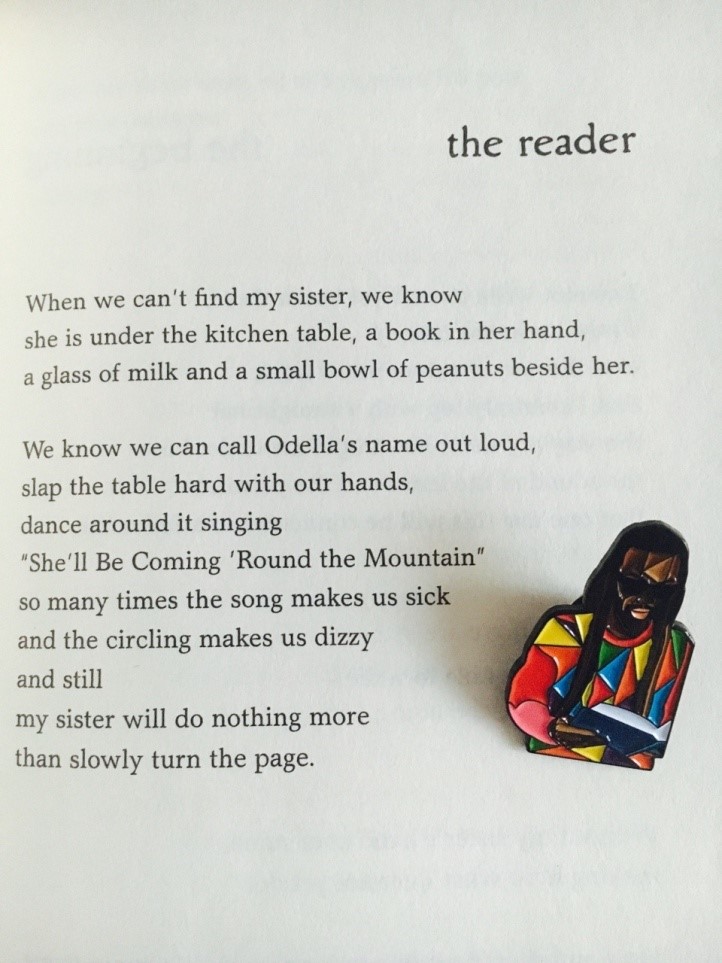
Practical Grammar
Why do we add an e to the end of potato when making it plural?
It’s because the word potato ends with an open syllable. An open syllable has a vowel at the end and the vowel makes its long sound or “says its name.” (Think: a, we, hi, go, flu)
*The word potato, when broken into syllables, consists entirely of open syllables.
po-ta-to
If we just “add an s” to the end of potato, then the s would “close” the syllable and we’d expect the vowel to make it’s short sound. /po-ta-toss/
To maintain that long o sound, we add an e because we know that “When we have two vowels together, the first one says its name.” In this case, o-e says /oh/.
It happens in these words too:
• echoes
• heroes
• tomatoes
• torpedoes
• vetoes
• tornadoes
Here are some "rule breakers."
• memos
• photos
• Cheetos

We know that with proper nouns/names, most anything goes, like in Cheetos. And, sometimes we’ll add an apostrophe to avoid confusion. E.g. Did you mean to use two no’s in that sentence?
Perhaps memos and photos do not take an e because those words are abbreviated forms of their original words (memorandum & photograph). What do you think?
If you know someone who would benefit from our newsletter or tutoring at Book Bums, please share this email with them! Thank you.
Copyright © 2024 Book Bums, All rights reserved
Our mailing address is:
7967 Cincinnati-Dayton Road Suite L
West Chester, OH 45069
